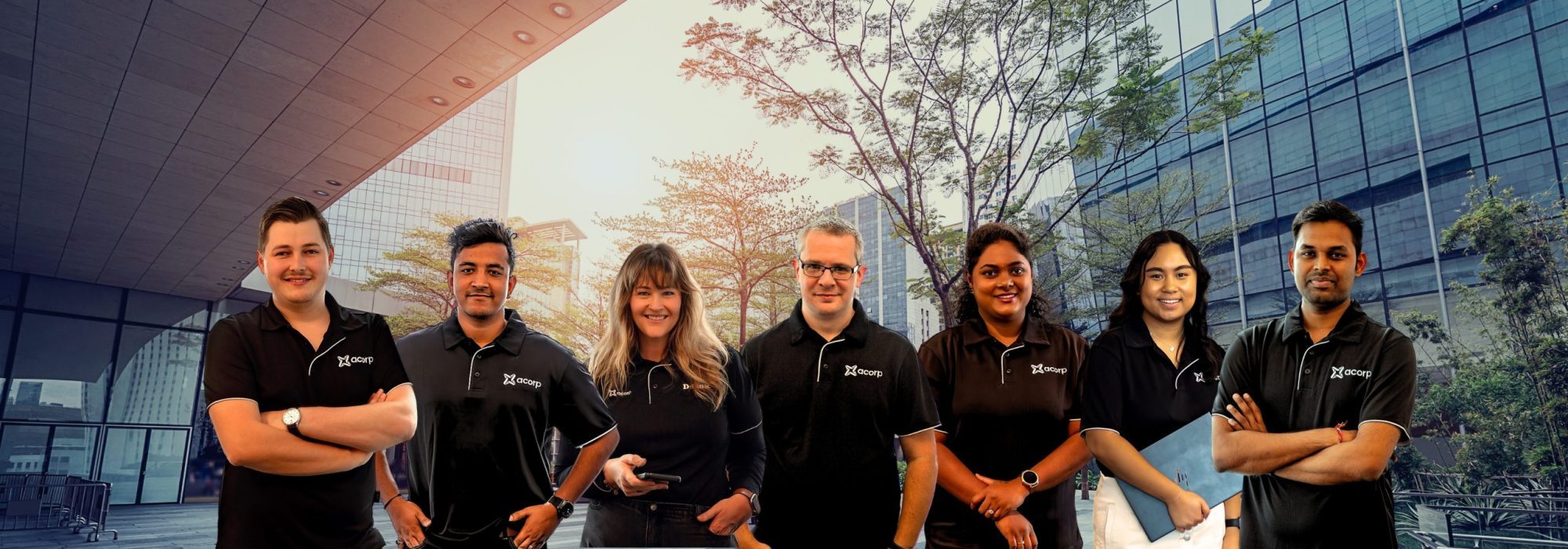
Check Our Latest News
The Need for AI Governance: What SMBs Can Learn from the McDonald’s AI Hiring Bot Breach
In early July 2025, news broke that McDonald’s hiring chatbot, powered by the popular recruiting platform Paradox.ai, was at the centre of a data breach affecting job applicants across multiple companies. For small and medium-sized businesses watching from the sidelines, this may have looked like just another enterprise headline, but the truth is, the implications hit much closer to home.
Whether you’re using AI-powered chatbots, resume screeners, or Copilot-style productivity tools, this breach is a cautionary tale: adopting AI without a clear governance strategy can leave serious gaps in your risk posture.
The Breach: What Happened?
The breach was tied to a vulnerability in Paradox.ai’s systems which is one of the leading AI platforms used by major employers to automate parts of the hiring process. At the centre of the issue was “Olivia,” the AI assistant designed to text or chat with job seekers, guiding them through initial screening questions, availability, and next steps.
According to Wired’s report, Paradox disclosed the breach in late June after discovering that an unauthorised party gained access to a dataset containing sensitive applicant information. While the company claims no Social Security (in Australia this would be our TFN) or financial information was included, the exposed data still covered:
-
Names
-
Email addresses
-
Phone numbers
-
Job application details and pre-screening answers
-
IP addresses
-
Locations and timestamps of submissions
This incident affected not just McDonald’s but a number of Paradox’s enterprise clients, meaning the breach likely spans multiple industries and hundreds of thousands of job seekers. This has quickly thrown a whole bunch of companies into dealing with a third-party data breach..
Why this matters for SMBs
It’s easy to assume that only large enterprises need to worry about AI-related data breaches. But the very nature of AI adoption, especially plug-and-play SaaS tools with limited visibility or customisation, makes SMBs just as vulnerable, if not more.
At A Corp, we’re seeing more and more SMBs embrace AI-driven solutions to streamline workflows, enhance customer service, and automate back-office operations. But this case reinforces a critical point:
AI can be helpful, but without oversight, it can quietly become a new cybersecurity risk vector.
SMBs often lack the dedicated legal or compliance teams that large enterprises have, making them more reliant on vendors to “do the right thing.” But if your vendor slips up, like Paradox did, it’s your business and your customers’ trust that takes the hit.
When our customer’s a coming to us and asking to “enable this AI bot” or “integrate this new AI tool with our workplace” its not met with a “no”, but its also not met with an immediate “yes” either…
Five AI Governance Lessons for SMBs
1. Not All Vendors Are Created Equal
Many AI solutions are fast to deploy and low-friction, but that doesn’t mean they’re secure. Before adopting an AI tool, perform due diligence on the vendor:
- Do they have ISO 27001, SOC 2, or equivalent certifications?
- Are they transparent about their data storage and retention policies?
- How do they handle incident response and breach notification?
2. You Are Still the Data Owner
Even if a third party is hosting and processing the data, you are ultimately responsible for what happens to your clients’ information. This is especially important under Australian privacy laws and global regulations like GDPR.
- Always ask: what data is being collected, why, and how is it protected?
3. AI Needs to Be on Your Risk Register
Too often, businesses see AI as a “bonus feature” rather than a core system. But any system that processes sensitive information should be:
- Documented in your IT asset register
- Monitored as part of your risk and compliance process
- Covered by incident response planning (including how to notify affected parties if something goes wrong)
4. Automation Does NOT Equal Exemption
AI doesn’t get a free pass when it comes to data governance. From hiring to customer service to finance, every AI-driven interaction must be auditable, explainable, and aligned with your security policies.
Make sure you can answer questions like:
- Can we audit AI decisions or data access logs?
- Is the AI model trained on proprietary or user-submitted data?
- Can we turn it off, or delete data, if required?
5. Cybersecurity Is Not Optional for AI
The Paradox breach didn’t happen because the AI said something wrong, it happened because of underlying cybersecurity weaknesses. The lesson here is simple: treat AI as a connected system, not just a fancy chatbot.
Apply standard cyber hygiene:
- MFA and strict access controls
- Vulnerability management and patching
- Breach simulation and tabletop testing
- Regular review of vendor integrations
Our Approach at AI and Cybersecurity
We’re strong advocates for practical, responsible AI adoption, but we also know it comes with new challenges that SMBs aren’t always equipped to manage alone.
That’s why we help clients:
-
Assess AI vendors for security and compliance
-
Embed AI governance into existing frameworks
-
Build policies and training around acceptable AI use
-
Monitor systems for suspicious behaviour or misuse
Whether you’re experimenting with Microsoft Copilot, deploying customer-facing chatbots, or automating backend workflows, our focus is on making sure innovation doesn’t come at the cost of risk.
The McDonald’s hiring bot breach wasn’t just a glitch, it was a failure of governance and oversight. And while the brand will bounce back, the underlying lesson applies to everyone: If you’re using AI in your business, you’re now in the AI governance business, too.
